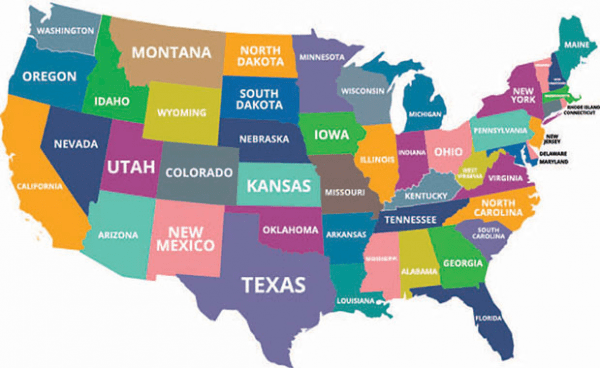09
Nov
The state with the highest population in the United States is California. California has consistently held the title of the most populous state for several decades. However, please note that population rankings can change over time, so it's a good idea to verify the most up-to-date information Here is some additional information about the population of California: California is the most populous state in the United States, with a large and diverse population. California had an estimated population of over 39 million people. The state's population has been steadily increasing over the years due to a combination of factors such…









